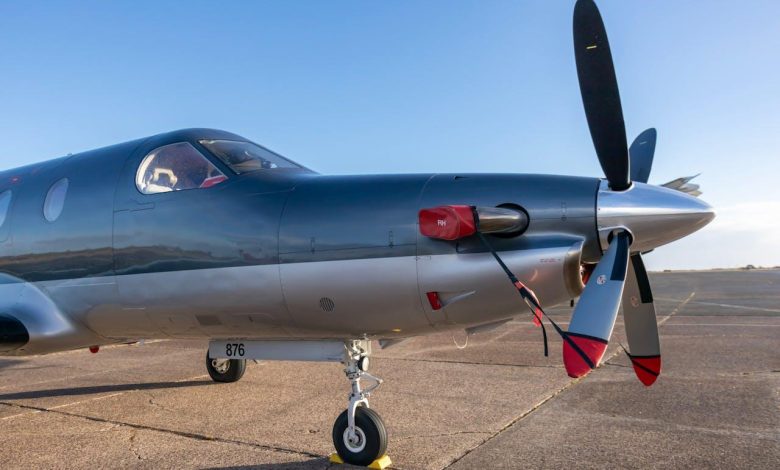How to Ensure Your Airplane’s Hydraulic Equipment Stays In Top Shape

For safe and effective flight operations, the hydraulic system on your aircraft must operate at peak efficiency. Hydraulic systems are essential to aviation, handling everything from landing gear management to aircraft movement control. We will go over important tactics and recommended procedures in this article to assist you in maintaining the hydraulic systems on your aircraft and guarantee a worry-free and seamless flying experience.
Frequent Exams:
The hydraulic system on your aircraft needs to be inspected on a regular basis to ensure safe and dependable operation. Thorough checks on fluid levels, leak detection, and the quality of hydraulic components should all be performed by qualified experts. To identify any possible problems early on, these inspections should be scheduled by flight hours and manufacturer recommendations. Maintaining a proactive inspection schedule will help you find and fix issues early on, reducing the chance of unanticipated malfunctions while in flight. Recall that keeping the integrity of your aircraft’s hydraulic system depends on early detection.
Fluid Upkeep:
Sustaining appropriate fluid levels and quality contributes to the hydraulic system’s optimal functioning in your aircraft. Verify the fluid level and condition frequently, as directed by the manufacturer. Watch for any indications of contamination or deterioration, such as discoloration or peculiar smells, as these could mean that more fluid has to be added. Additionally, to keep the system dependable and efficient over time, change the fluid at the prescribed intervals. By using high-quality products such as 87257 Hydraulic Fluid, you can keep your aircraft’s systems running smoothly.
Monitoring of Pressure and Temperature:
To make sure the hydraulic system on your aircraft is operating properly, keep an eye on the temperature and pressure levels. Variations in pressure and temperature have the potential to impair system functionality and cause faults or breakdowns. It is imperative to consistently observe these metrics both before takeoff and during the flight. It is important to train pilots and maintenance staff to identify unusual readings and take the necessary precautions to avoid problems. Sustaining ideal temperature and pressure levels contributes to seamless functioning and secure aviation circumstances.
Appropriate Use and Management:
The longevity and dependability of the hydraulic equipment on your aircraft can be extended by using and managing it properly. Pilots and maintenance staff should adhere to suggested operating methods to reduce hydraulic component wear and tear. This entails steering clear of sudden movements and overloading in addition to making sure that broken or broken equipment is not utilized. You can lessen the likelihood of premature hydraulic system failures during flight and assist in preventing needless stress on the system by using appropriate handling practices.
Practices for Preventive Maintenance:
Preventive maintenance is essential if you want to extend the life and dependability of the hydraulic systems of your aircraft. Maintaining optimal performance requires routine cleaning to avoid corrosion and debris accumulation. Proactive repairs should also be carried out to take care of small faults before they become bigger ones. Maintaining thorough documentation of all maintenance procedures, examinations, and fixes is crucial for monitoring the condition of your hydraulic system and guaranteeing adherence to legal specifications.
Expert Assistance and Support:
It is imperative to seek expert servicing and assistance for the hydraulic equipment on your aircraft to ensure its safety and dependability. Professional technicians are equipped with the knowledge and skills needed to carry out exhaustive examinations, spot possible problems, and perform any necessary maintenance or repairs. Additionally, they can offer helpful advice on how to use and handle equipment correctly to reduce wear and tear on hydraulic parts.
Conclusion:
The foundation of airplane control is made up of hydraulic systems, which manage everything from landing gear to steering. You can protect against problems and ensure trouble-free operations during your flights by putting appropriate maintenance procedures into place and following best practices. Whether you work as a mechanic or pilot or are just interested in aviation, knowing these skills is essential to the dependability and safety of your aircraft.
